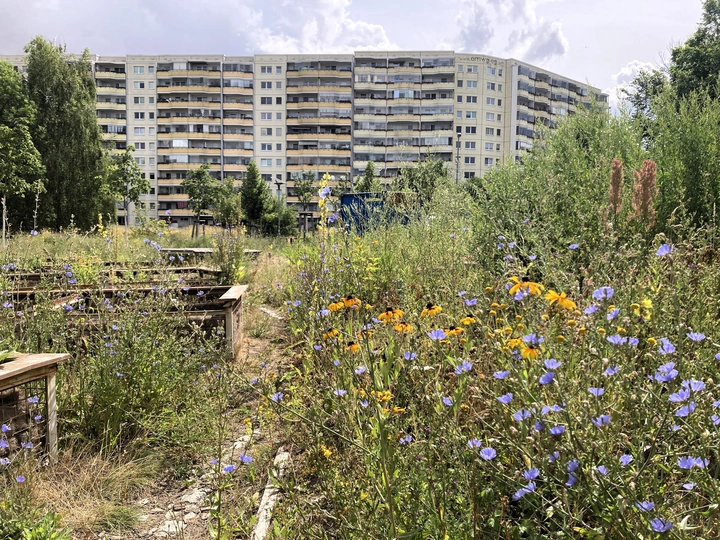Of Still Waters and Silent Giants

I am a Doctoral Fellow at the Institute of Landscape and Urban Studies (LUS) at ETH Zürich, bringing a background in design, education, and writing to my research on the mass housing landscapes of Berlin. Before joining ETH, I was an adjunct professor at the University of Houston. I hold degrees in architecture, urban design, and city planning from Rice University and TU Berlin, where I also taught and conducted research in various assistant roles. Supervised by the Chair of History and Theory of Urban Design (Prof. Tom Avermaete) and the Chair of Architecture and Housing (Prof. Maria Conen), my work moves across theory, method, and practice.
My academic path has been supported by fellowships from the Fulbright Program at UC Berkeley and the German Academic Exchange Service (DAAD) at Universidade Federal do Rio de Janeiro. Additional grants and residencies supported studies at the Universidade de Lisboa and Tongji University in Shanghai. In 2025, I participated in the Doctoral Research Residency Program at the Canadian Centre for Architecture (CCA) in Montreal. I have published my work in peer-reviewed academic journals (Landscape Research, OASE, City, Culture & Society, Comparative Studies in Modernism), architecture magazines (KoozArch, Cite), and graduate student-led peer-reviewed platforms (Pidgin, trans, Room One Thousand, PLAT, Paprika!).
My design experience spans architecture, landscape architecture, and urban design practices in Houston, Berlin, and Lisbon. Ongoing design and curatorial work takes place in collaboration with Lulu Crouzet under the name Deux___.
During a summer day, it can be challenging to see any facades through the tree crowns at all. Although lush and feral biotopes characterize many of Europe’s mass housing estates, most research has primarily revisited them through the lens of architectural history, which prioritized the aesthetic and sociopolitical significance of the buildings. My proposal addresses this gap between architectural and landscape research by developing a land(scape)-oriented methodology. While exploring selected case studies through a mix of site visits, oral history interviews, drawings, and archival research, I examine the dynamic interplay between the neighborhoods and their land transformations across three different scales and time periods, from the Bronze Age to the present day. I will eventually develop hypotheses on the agency of land and water in shaping these housing projects, how institutions seize control over this agency, and its simultaneous role as a medium for local resistance.
Naturally, approaching mass housing estates through a land-oriented lens is not a solo show but an entire research field in its infancy, yet growing rapidly into a novel terrain in landscape and urban studies. A few examples include the work of Prof. Jennifer Mack at KTH Stockholm, focusing on “welfare state landscapes” across Scandinavia, or Prof. Kenny Cupers at the University of Basel, exploring the “earth that modernism built” across Poland and Namibia. Because modernist urbanism has impacted and transformed the ground in numerous geographies, developing the methodology into a broader and more widely recognized technique would benefit from involvement in a pan-European network. Reciprocally, it would contribute to weaving together Eastern and Western European urban histories, where mass housing equally raises questions in post-war heritage discourse. Possible outcomes to this research include a participatory workshop format or a co-curated, thematic exhibition with one of the LINA members.